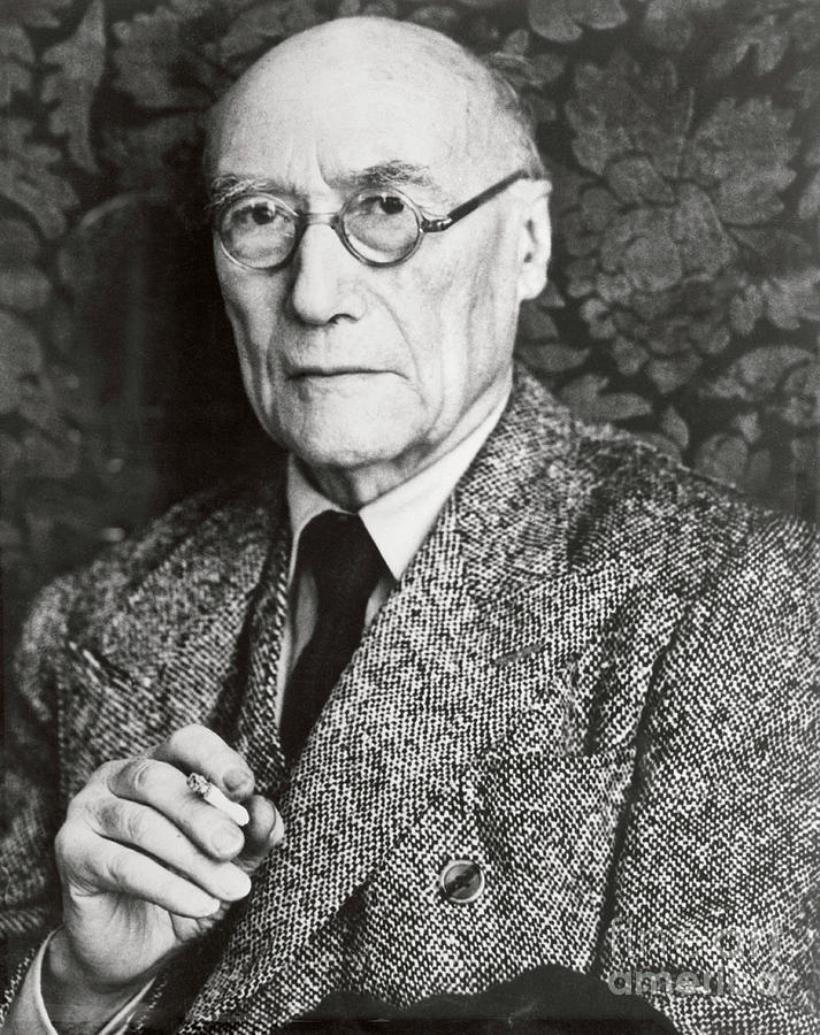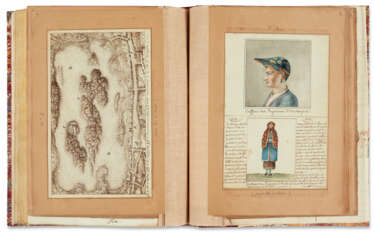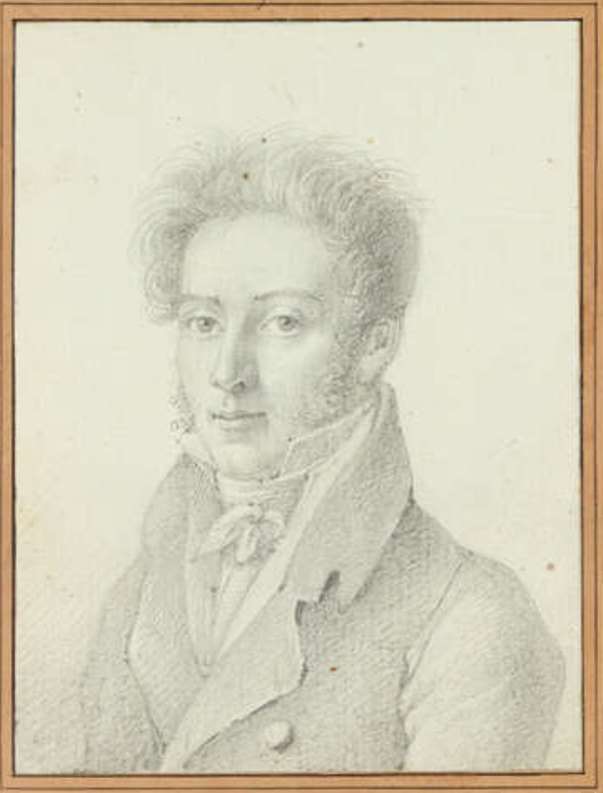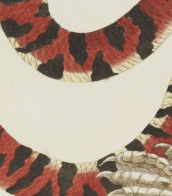101 Items by auctions and galleries:
verger frères
Lot 4091 Taschenuhr: exquisite Art Nouveau Damen-Lepine besetzt mit Rubin-Baguettes, Lacloche Frères Paris, Importpunze London 1907
177. High quality wrist watches and pocket watches, fine collector's watch 

Karl-Heinz Cortrie GmbH
177. High quality wrist watches and pocket watches, fine collector's watch
Date: 23.11.2019 16:30 UTC +02:00
Number of lots in the catalog: 216
Lot 4165 Taschenuhr: hochfeine Breguet Frackuhr "Montre Simple Extra-Plate" No.1098 aus dem Besitz des Grafen Rucellai von Florenz, mit originaler Uhrenkette und Originalbox sowie Bestätigung der Originalität von Breguet, verkauft 1925 für 5800 Francs
High Quality Wrist Watches And Pocket Watches, Fine Collector's Watch 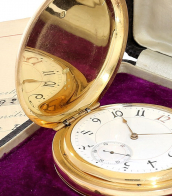

Karl-Heinz Cortrie GmbH
High Quality Wrist Watches And Pocket Watches, Fine Collector's Watch
Date: 11.11.2017 17:30 UTC +02:00
Number of lots in the catalog: 267
Lot 2670 ROBERT LE VRAC TOURNIÈRES (ODER WERKSTATT), ALLEGORIE DER VIER JAHRESZEITEN: FRÜHLING, SOMMER, HERBST UND WINTER (GRUPPE AUS VIER GEMÄLDEN)
AUCTION 112-IV: Sculptures 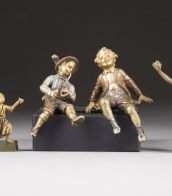

Hargesheimer Kunstauktionen Düsseldorf
AUCTION 112-IV: Sculptures
Date: 11.09.2021 10:00 UTC +02:00
Number of lots in the catalog: 462
Lot 1078 Früchte auf einer Steinplatte
Emilie Preyer (1849 - 1930)  A438 | Ancient art
A438 | Ancient art 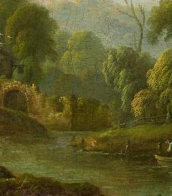

Emilie Preyer
06.06.1849 - 23.09.1930
Germany
Emilie Preyer was a German painter of the last third of the nineteenth and first third of the twentieth centuries. She is known as a painter and a master of still life.
Emilie Preyer studied painting under her father Johann Wilhelm Preyer and worked in the same meticulous technique. She created still lifes with fruit and flowers. Over 250 of her paintings are in the Metropolitan Museum of Art in New York and the Philadelphia Museum of Art, as well as in private collections in the United Kingdom and the United States.

VAN HAM Kunstauktionen GmbH
A438 | Ancient art
Date: 14.11.2019 14:00 UTC +02:00
Number of lots in the catalog: 194
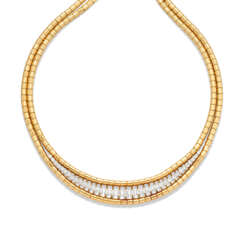




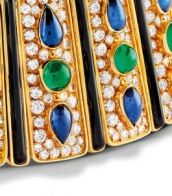


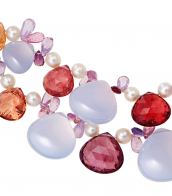
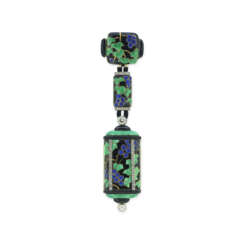

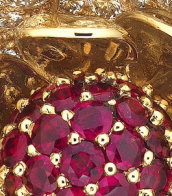
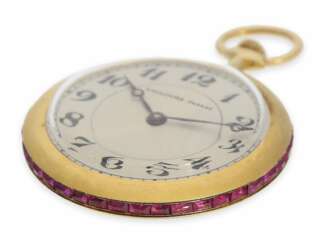











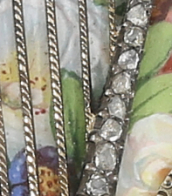
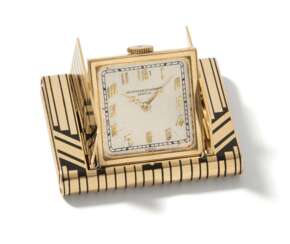

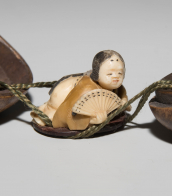
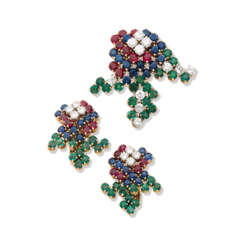

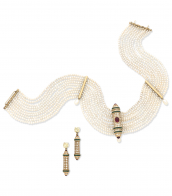


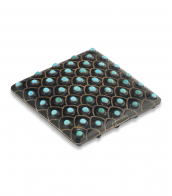


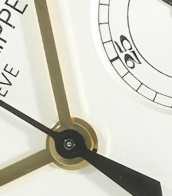
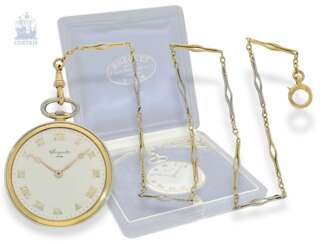

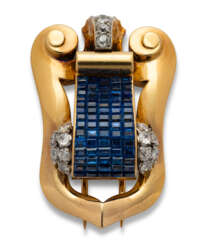

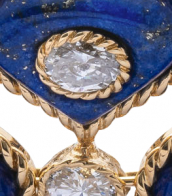


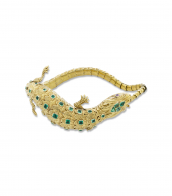
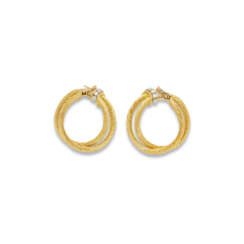









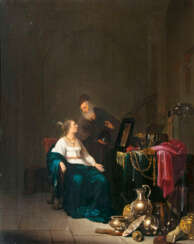

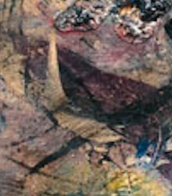


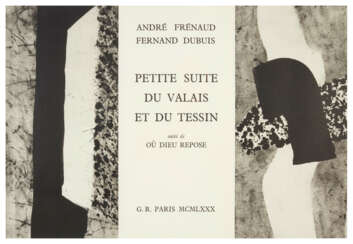

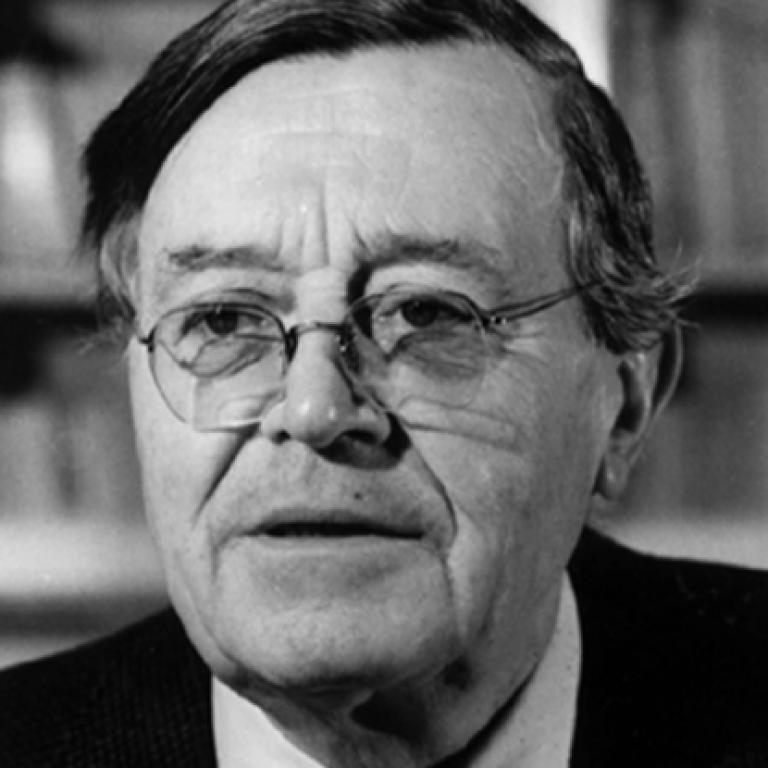
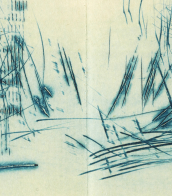
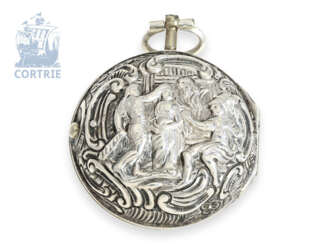


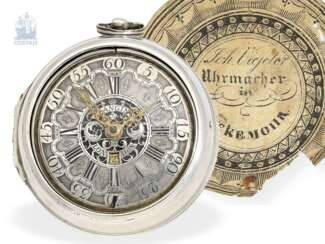

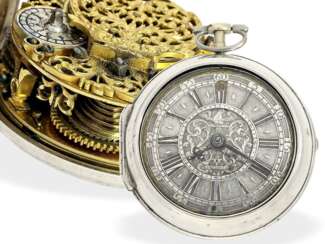

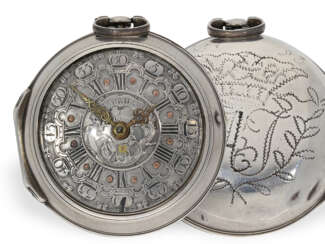

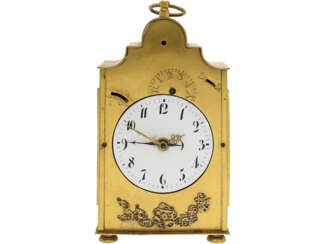

![[GIDE, André (1869-1951)]](/assets/image/picture_2932403/3627c/7366a36800b321ebd48f9f713ccf532c1687420800jpg__fix_374_244.jpeg)
![[GIDE, André (1869-1951)]](https://veryimportantlot.com/assets/image/picture_2932403/3627c/7366a36800b321ebd48f9f713ccf532c1687420800jpg__fix_374_244.jpeg)
